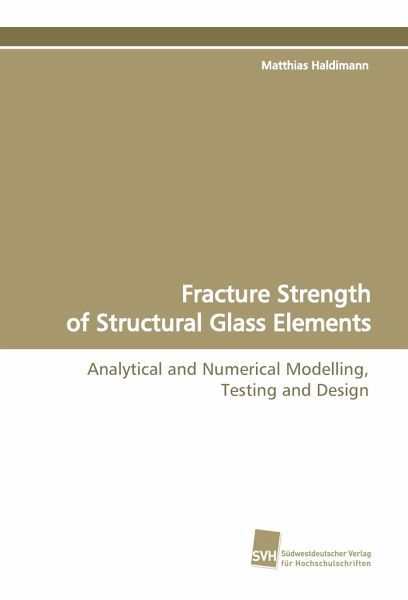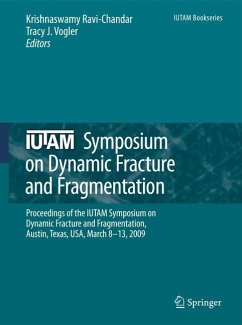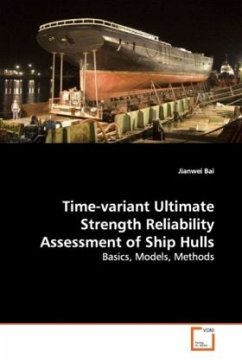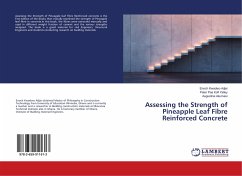
Fracture Strength of Structural Glass Elements
Analytical and Numerical Modelling, Testing and Design
Versandkostenfrei!
Versandfertig in 6-10 Tagen
89,90 €
inkl. MwSt.

PAYBACK Punkte
0 °P sammeln!
For centuries, the use of glass in buildings was essentially restricted to functions such as windows and glazing. Recent technological developments have now brought about unprecedented opportunities. Glass elements can today carry substantial loads and therefore achieve a structural role. The structural design of such elements, however, remains problematic. The lack of confidence in 'advanced' glass models and the absence of a generally agreed design method result in frequent time-consuming and expensive laboratory testing and in inadequately designed structural glass elements. The present the...
For centuries, the use of glass in buildings was essentially restricted to functions such as windows and glazing. Recent technological developments have now brought about unprecedented opportunities. Glass elements can today carry substantial loads and therefore achieve a structural role. The structural design of such elements, however, remains problematic. The lack of confidence in 'advanced' glass models and the absence of a generally agreed design method result in frequent time-consuming and expensive laboratory testing and in inadequately designed structural glass elements. The present thesis endeavours to improve this situation. After outlining the fundamental aspects of the use of glass as a building material, an analysis of present knowledge was conducted. Then a lifetime prediction model for structural glass elements, which offers significant advantages over currently used models, was established based on fracture mechanics and the theory of probability. Laboratory tests were performed and testing procedures improved in order to provide more reliable and accurate model input. Finally, recommendations for structural design and testing were developed.












